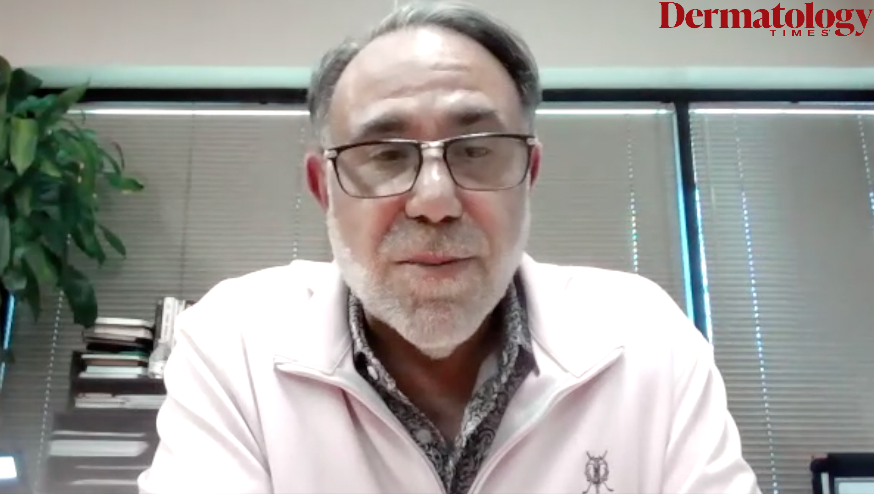Revolutionizing Acne Treatment: The Rise of Energy-Based Devices
Acne treatment has seen significant advancements in recent years, particularly with the integration of energy-based devices. As discussed at the 2025 American Academy of Dermatology (AAD) Annual Meeting, Dr. Michael Gold, a dermatologist from Nashville, Tennessee, presented insights on innovative approaches for effective acne treatment during his session titled "Acne Boot Camp."
Energy-Based Devices: Enhancing Traditional Therapies
Dr. Gold emphasized how energy-based medical devices can serve as valuable adjuncts to traditional acne treatments. Though conventional medications have proven efficacy, the incorporation of technology can lead to:
- Faster Results: Energy-based therapies often provide quicker improvements compared to standard treatments.
- Enhanced Patient Satisfaction: By delivering noticeable results sooner, these devices can boost patient morale and trust in treatment.
"In our technology-driven world, integrating medical devices into treatment plans allows us to achieve results that are not only faster but also more effective," Dr. Gold shared, underscoring the merits of combining modern technology with established medical practices.
Key Devices Transforming Acne Treatment
During his presentation, Dr. Gold outlined several energy-based devices that are making waves in acne management:
-
Traditional Therapies:
- Blue and Red Light Therapies: Target acne-causing bacteria and reduce inflammation.
- Intense Pulsed Light (IPL): A powerful tool for targeting various skin concerns while managing acne.
- Advanced Technologies:
- 1064 Nanometer Laser: Known for its effectiveness in treating acne, this technology has become a staple in many dermatological practices.
- Sebaceous Gland Targeting Devices: Operating at a wavelength of 1,726 nanometers, these devices specifically address the glands that contribute to acne formation, offering a tailored approach for effective treatment.
Quick and Effective Results for Patients
Dr. Gold’s personal experience with acne gives him a unique perspective on patient care. His commitment to timely, effective outcomes drives his clinical approach, characterized by:
- Customized Treatment Plans: By combining medications and energy-based devices, patients receive a holistic strategy tailored to their individual needs.
- Empathetic Care: Understanding the emotional impact of acne allows Dr. Gold to foster a supportive environment where patients feel valued and cared for.
"In real-world practice, I frequently blend various medications and devices to optimize patient care," he stated, reaffirming the importance of adaptability in treatment strategies.
Clinical Evidence: The Science Behind Device Use
Support for the efficacy of energy-based devices in acne treatment is robust, with numerous clinical trials backing their use. Research indicates that when these devices are employed alongside traditional therapies, they can yield significant improvements in patient outcomes.
- Standalone Effectiveness: Clinical studies have shown that energy-based devices can also function effectively on their own, making them a viable option for patients seeking alternatives to conventional medication.
- Combined Therapy: Evidence supports that the synergy of devices and medications can often produce superior results, enhancing the overall efficacy of treatment regimens.
For a comprehensive understanding of acne treatments, consider exploring detailed guides on the American Academy of Dermatology website.
Conclusion
As the landscape of acne treatment evolves, the incorporation of energy-based devices offers new hope for patients seeking effective solutions. With a focus on rapid results, patient-centered care, and scientifically-backed methods, dermatologists like Dr. Gold are paving the way for more successful acne management strategies. As technology continues to advance, the future of acne care looks promising, providing patients with more efficient and satisfying treatment options.


